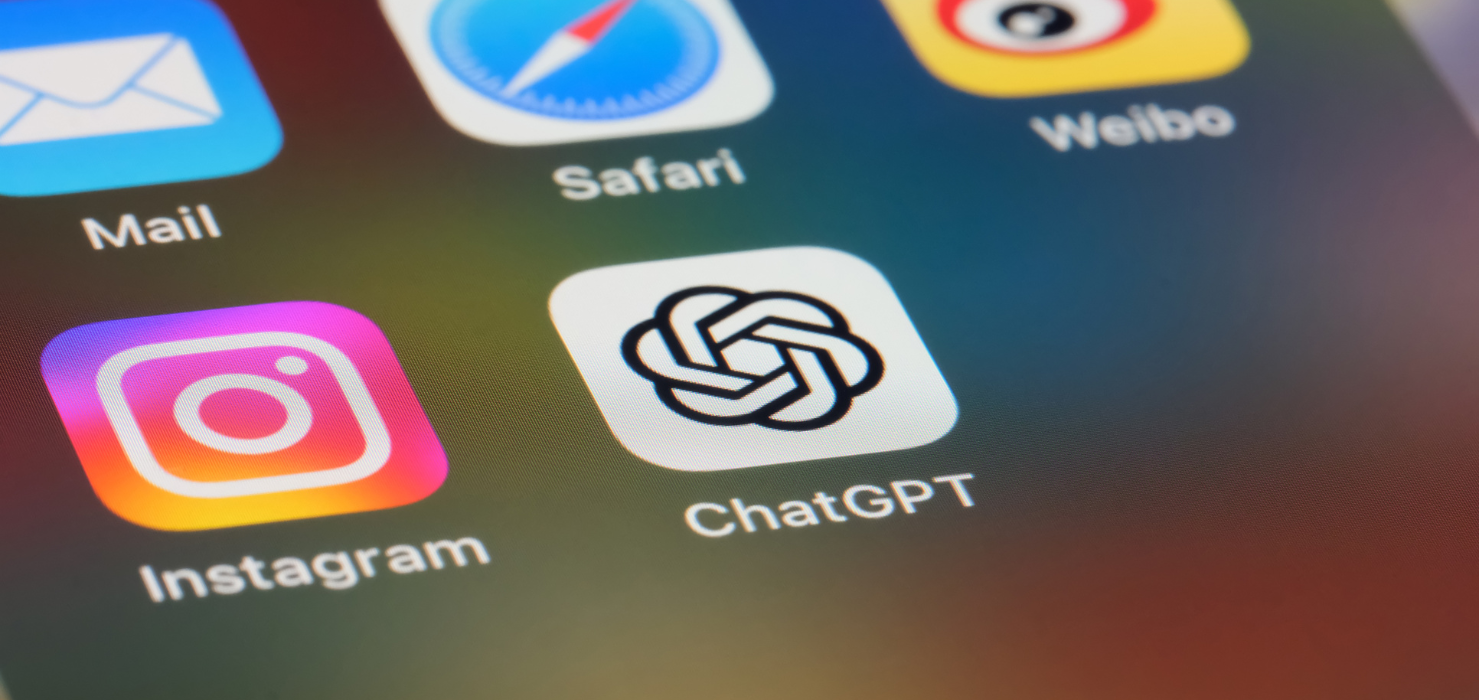Email marketing is a popular choice among life science companies looking to promote their products or services, and for good reason! Emails are a highly effective way to reach customers because you can send promotions directly to their inboxes rather than hoping they will come across a social post or landing page, for example. An added bonus? Customers who are signed up for your email lists are already interested in your company, so you’re likely to reach high-quality leads.
But as with any marketing campaign, there are some best practices that can help you take your emails to the next level. If you’ve been wondering how to get started with email marketing, are looking to improve your current email designs or looking to improve open rates, read on for our tips on how to create an effective email campaign.
Subject Lines
Like it or not, subject lines are a very important part of a successful email campaign. The subject line is the first impression of an email and can influence whether a reader even opens the email. With the ultimate goal being to increase open rates, you want to make sure that your subject lines are interesting, eye-catching and relevant to the recipient.
Most importantly, you want to ensure that your subject line encompasses why you are sending the email— show readers what they will achieve by opening the email. Don’t forget to utilize display text, where you can further expand on the email subject. You can also try to catch readers’ attention by personalizing the subject line (e.g., adding the reader’s name) or use urgency to persuade them to open the email.
Copy
Keep your content short and snappy. People are busy, and many read emails on the go or not at all, so you’ll want to include key information to get the reader interested enough to learn more. On that note, try to avoid having large blocks of text; a really long and wordy email likely won’t hold your reader’s attention for long. If anything, it might even dissuade them from completely reading the email.
Another great tactic to get readers’ attention is to include relevant images or infographics. Both can add visual interest to your email and even showcase a product you’re promoting, for example. Not to mention, it also reduces the copy length.
Call to Action
Once your reader has read your email, you’ll likely want them to take some sort of action, such as buying a product, reading a blog post or attending an event. In a dedicated email for, say, a product launch, a good rule of thumb is to have one, clear call to action (CTA) (e.g., “Buy Now”), so the reader doesn’t have to decide what action they can take; instead, you are showing them. Take the time to decide what action you want your reader to ultimately take and craft an enticing CTA. You can include your CTA in multiple places and in different formats, for example, as a clickable button or as a link. Make your CTA appear big, bold and colorful to draw the reader’s eye, so they can easily find it.
Links
Don’t waste any opportunities to provide links to enhance your reader’s user experience, but don’t overuse them either. Have you ever received an email where you had to scroll all the way back up for the link? If so, you know how inefficient it can be. You want to make sure you provide your link in multiple areas of the email to reduce the workload of the reader and increase the opportunity for them to click on it. Similarly, you should also be linking images or pictures included in the email, as these can be easier to click and has become common practice in modern email marketing.
With thousands of emails being sent to people’s inboxes daily, you want to make sure yours stands out from the crowd. Craft an eye-catching subject line, include stimulating visuals and an attention-grabbing call-to-action and watch your reader’s engagement drastically increase. It takes time to understand your reader and what kind of content they enjoy engaging with, so this process might take some trial and error. However, once you know who your reader is, you can more easily craft effective email content that they’ll actually read.



